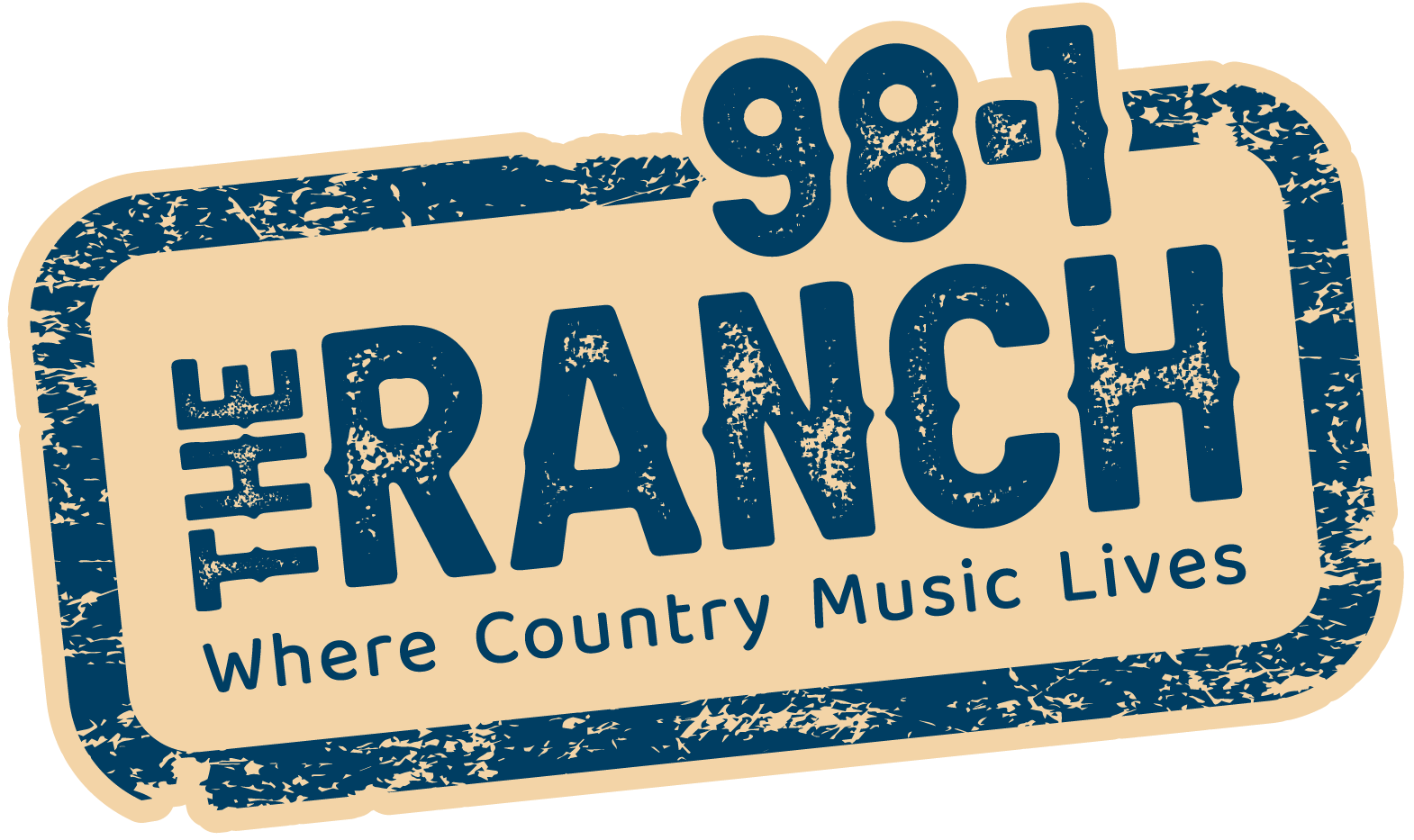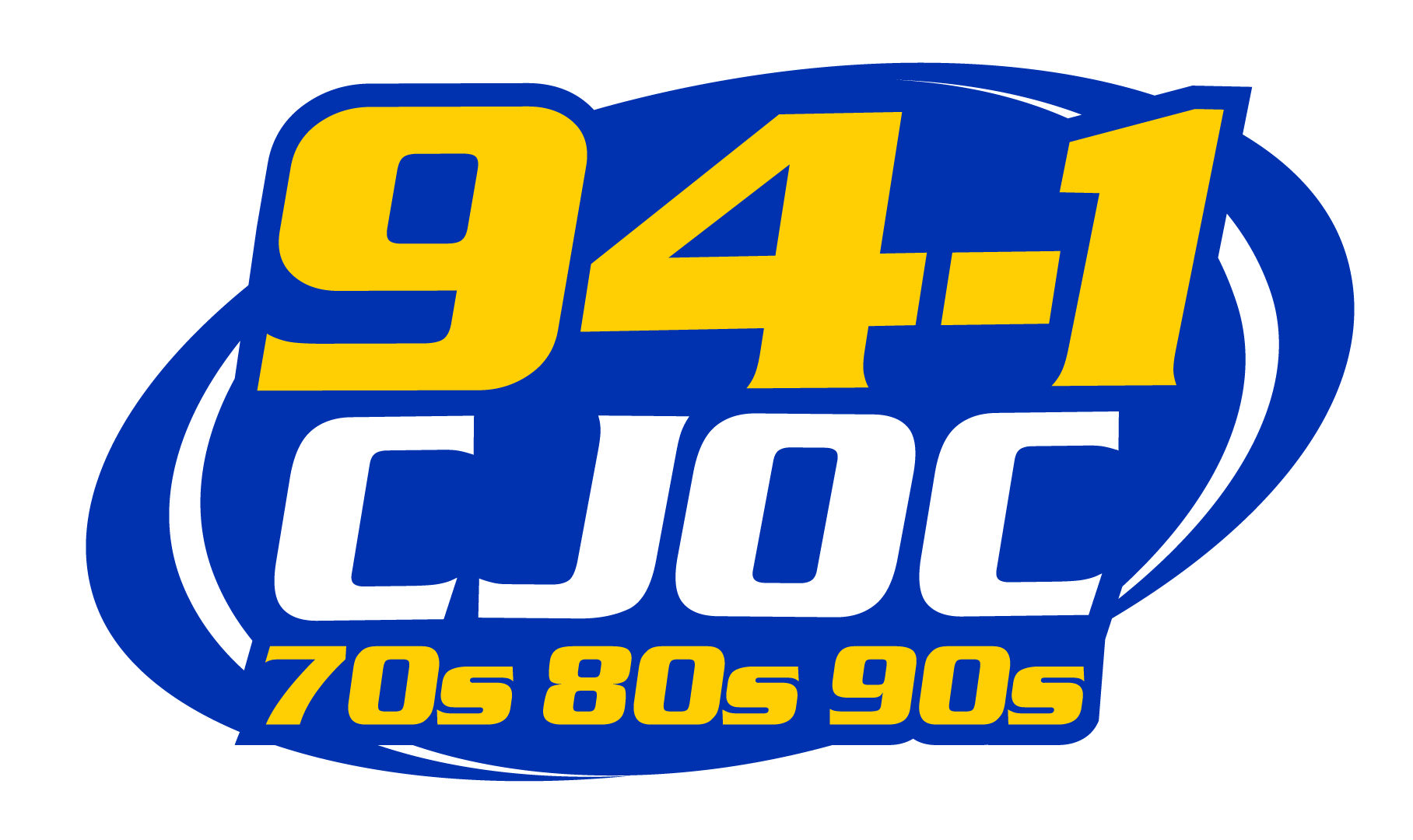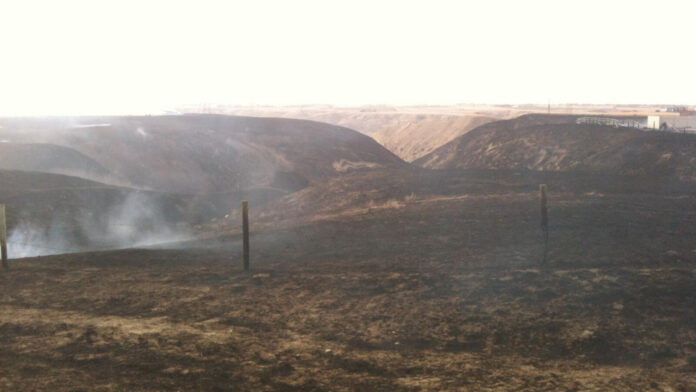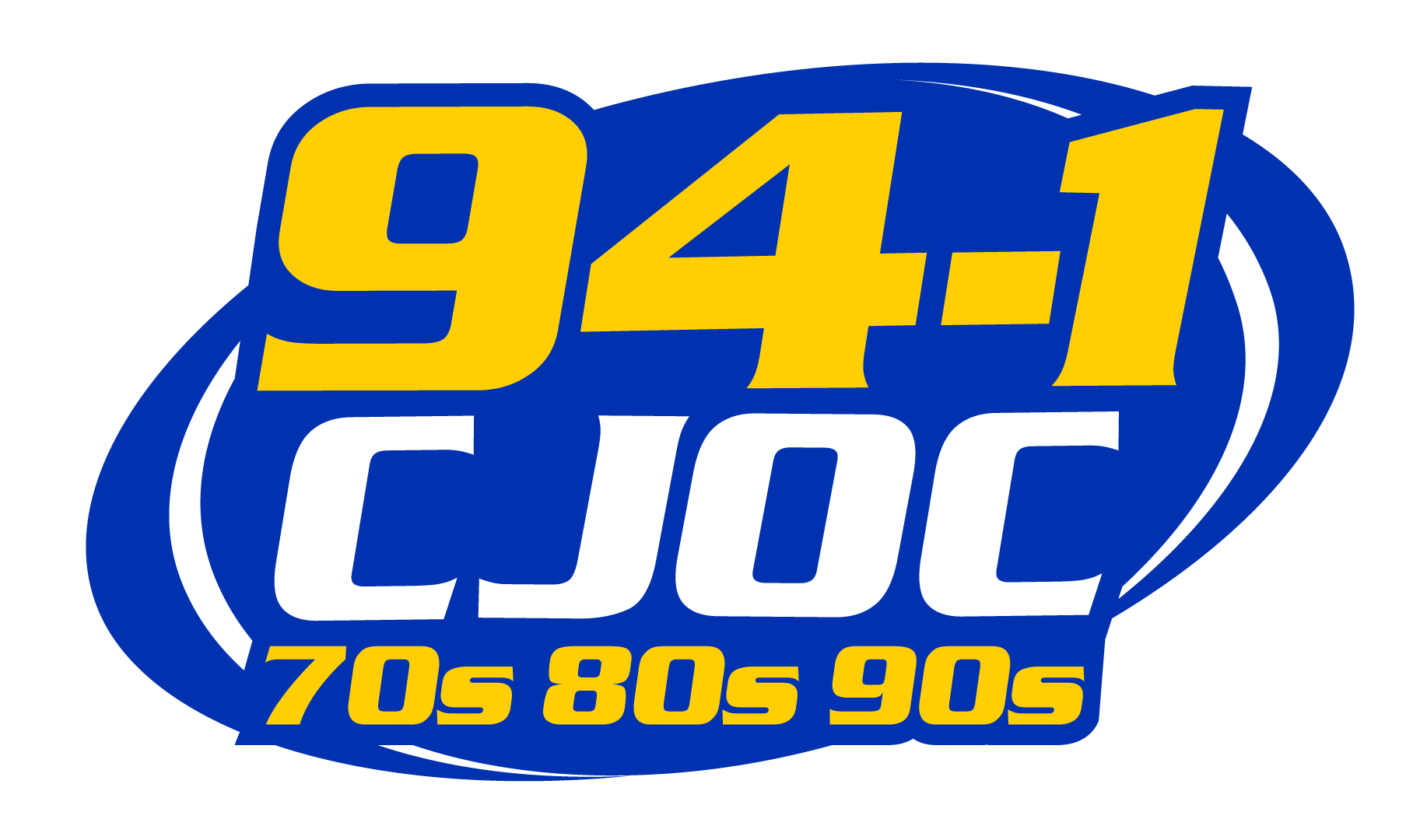With spring bringing warmer, drier conditions, southern Albertans are entering a period of heightened wildfire risk.
This spring, regional fire departments have already responded to controlled burns that have gotten out of control. As such, Lethbridge County wants to remind residents, farms and landowners of the critical importance of abiding by the County’s fire bylaw and following safe practices when conducting controlled burns.
“A controlled burn is classified as any open burning not done in an incinerator or recreational fire pit. Anyone wishing to conduct a controlled burn must obtain a fire permit from the County. Permits are issued to ensure burning is conducted safely, with appropriate weather conditions, equipment and emergency protocols in place,” says the County.
According to the County, controlled burns should always take place during daylight hours for visibility and safety, and burning near roads and highways should be always avoided. “We would also like to remind permit holders to inform nearby landowners about your burn plan, as this will help reduce unnecessary 9-1-1 calls and firefighter responses for smoke sightings.”
Untreated wood and natural yard waste (leaves, branches, grass and weeds) are the only materials that can be burned. Household garbage, plastic, rubber, treated wood and any other materials cannot. The County has a grain bag and silage plastic roller that can be lent at no charge, and the plastic can be recycled at the Iron Springs transfer station.
When conducting your burn, it’s critical to follow these regulations in the Fire Bylaw:
- Check weather conditions beforehand. No burning in wind speeds above 25 kilometres an hour or if there is an active Fire Restriction or Fire Ban. Consider rescheduling your burn on warmer days, especially during dry periods.
- Report your burn to Lethbridge Dispatch thirty minutes prior. The phone number is on your permit. This can help avoid unnecessary dispatch of fire resources if your burn is reported to 9-1-1.
- Keep your cellphone on-hand with the volume on for the duration of the burn. If Dispatch cannot get ahold of you during this time, you may be responsible for costs associated with a fire department response to your property.
- Never leave your burn unattended, at any time, for any reason.
- Have an adequate water supply close by.
- When your burn is complete, soak, stir and soak again as many times as necessary to ensure it’s fully extinguished. Check for signs of smoke or smoldering in the days following your burn, especially on windy days. Embers can easily reignite in the wind.
Failure to comply with the County’s Fire Bylaw regulations and safe burning practices not only puts individual property at risk, but also endangers your neighbours, first responders and the natural environment.
Fines and fire department response costs may also apply.







